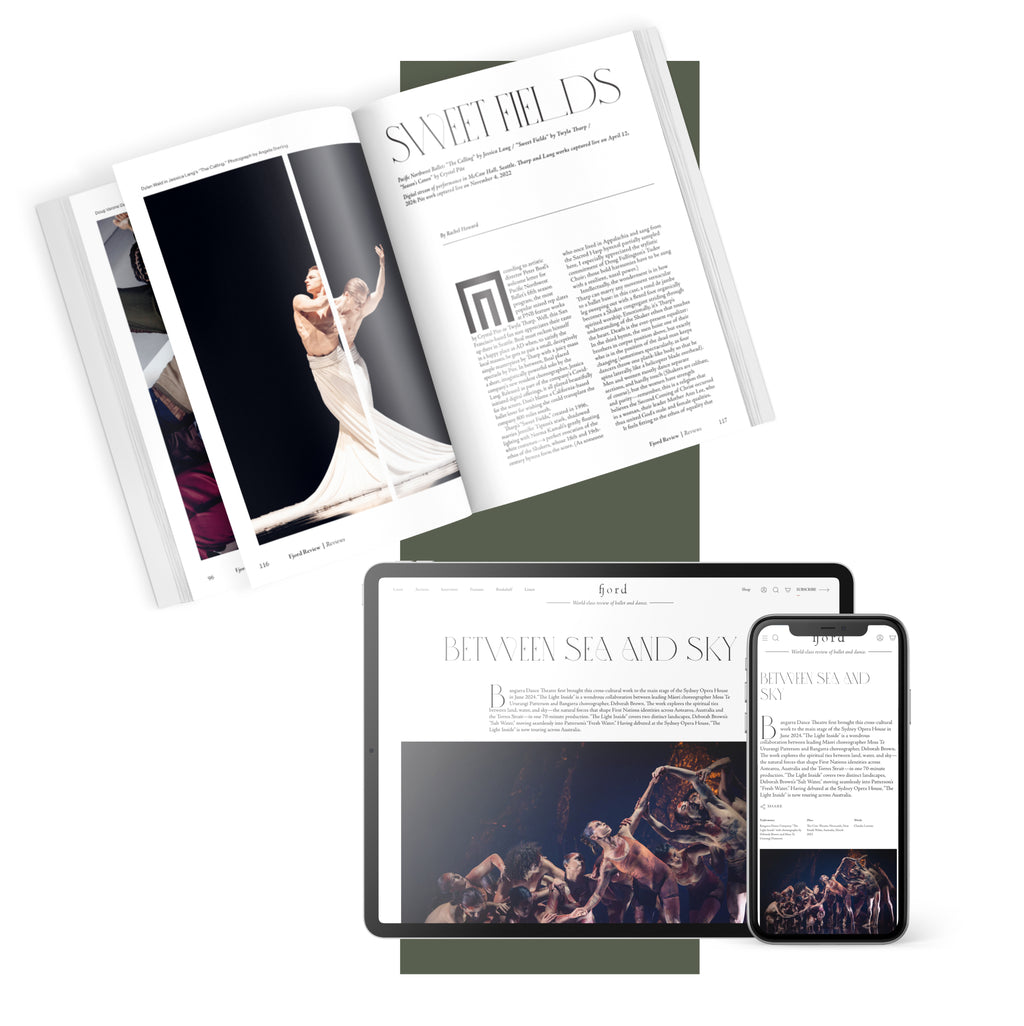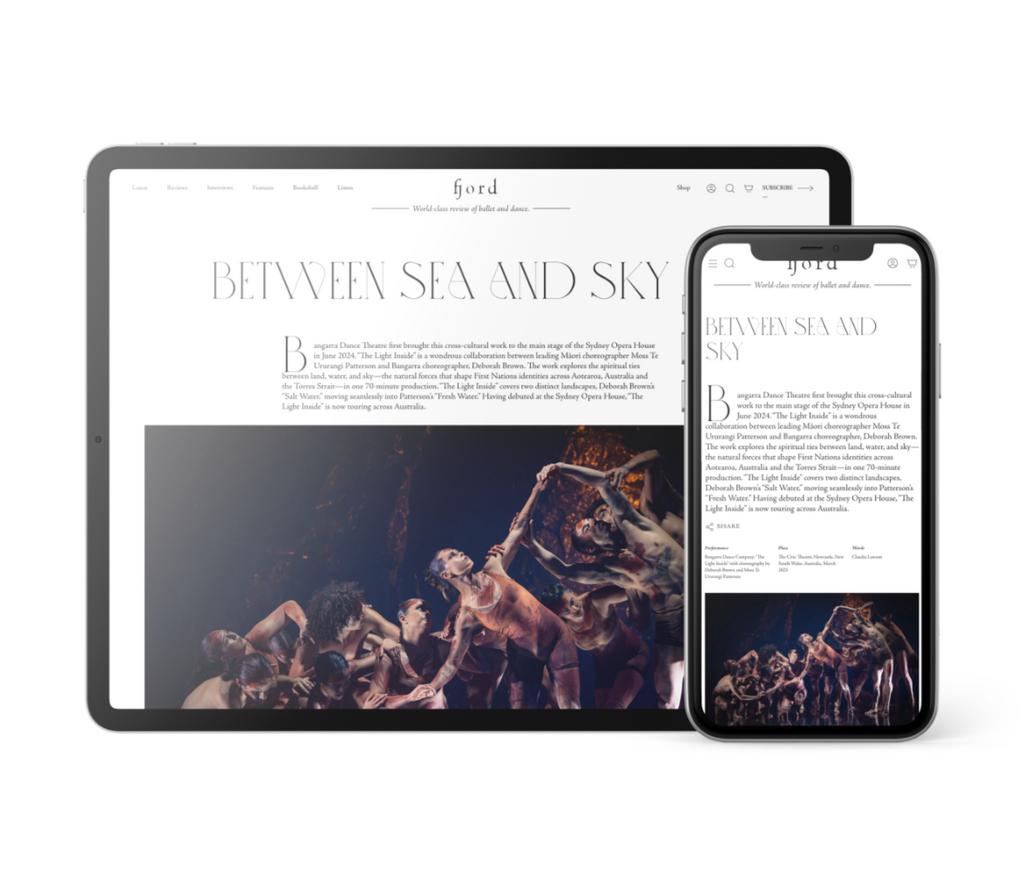Float like a Butterfly
Sans tutu or pointe shoes, New York Ballet principal Sara Mearns delivered a knock-out punch in her 20-minute solo, “Zebra.”
Continua a leggere
World-class review of ballet and dance.
The body as vessel; the body as memory container; the body as truth-teller. All of these corporeal permutations were on view at the UCLA Nimoy Theater last Thursday, when Eiko Otake and Wen Hui performed their haunting, elegiac and deeply meaningful work, “What is War.” And for dance aficionados who remember the husband-and-wife duo Eiko and Koma, whose 40-year artistic partnership yielded works that mined the notions of silence, stillness and form, all while seemingly stopping time, Eiko continues her artistic journey, both as a soloist and, currently, with Chinese choreographer/dancer and filmmaker Hui.
Performance
Place
Words



“Uncommonly intelligent, substantial coverage.”
Your weekly source for world-class dance reviews, interviews, articles, and more.
Already a paid subscriber? Login

Sans tutu or pointe shoes, New York Ballet principal Sara Mearns delivered a knock-out punch in her 20-minute solo, “Zebra.”
Continua a leggereJapan Society’s Yukio Mishima centennial series culminated with “Mishima’s Muse – Noh Theater,” which was actually three programs of traditional noh works that Japanese author Yukio Mishima adapted into modern plays.
Continua a leggereThroughout the year, our critics attend hundreds of dance performances, whether onsite, outdoors, or on the proscenium stage, around the world.
Continua a leggereOn December 11th, the Alvin Ailey American Dance Theater presented two premieres and two dances that had premiered just a week prior.
Continua a leggere
comments